






Stage 1: Sediment Filter (11” U or I Type)
This membrane is coated with a polypropylene filter layer, either melt-blown or spun fiber. The outer surface and adsorption layer provide efficient filtration, removing impurities such as dirt, sand, rust, and other particles.
Stage 2: Pre-Carbon Filter (11” U or I Type)
This filter removes many volatile organic chemicals, including unpleasant tastes and odors, residual chlorine, harmful pesticides, and herbicides. Additionally, the pre-carbon filter absorbs hundreds of other artificial contaminants commonly found in tap water. Activated carbon is widely used for its effective adsorption properties.
Stage 3: Ultra Filtration (UF) Filter (11” U or I Type)
Ultrafiltration (UF) uses membranes with pore sizes ranging from 0.1 to 0.001 microns. UF membranes typically remove high molecular weight substances, colloidal materials, and inorganic and organic molecules, allowing only clean water and dissolved minerals to pass through.
UF membranes are widely used in industrial and commercial water treatment and are now increasingly applied for household use due to benefits over reverse osmosis (RO), such as retaining beneficial minerals, no storage tank needed, and zero wastewater production.
Stages 4–5: Alkaline Carbon Block Filter (Carbon Block + DOLKI Media)
These filters are specially designed to balance water pH and enhance its antioxidant potential (ORP). They combine mineral filtration to remove unwanted tastes with a high pH water treatment system.
The antioxidants neutralize free radicals that can damage cells, clog arteries, and contribute to chronic diseases and aging. Similar antioxidants are found in fruits, vegetables, wine, and chocolate. The antioxidants produced by this filter are comparable to those in certain vitamins and minerals, such as vitamins A, C, E, zinc, and selenium. They donate extra electrons to neutralize free radicals, protecting the body’s components and supporting overall health.




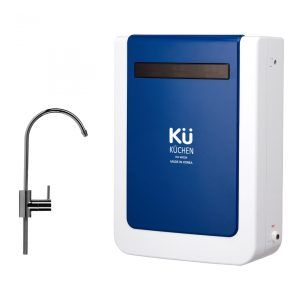
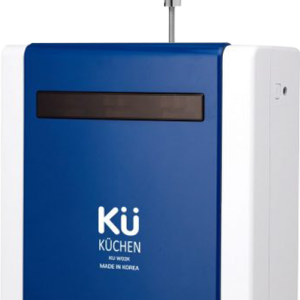
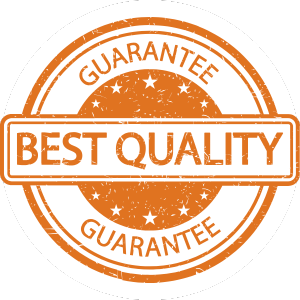




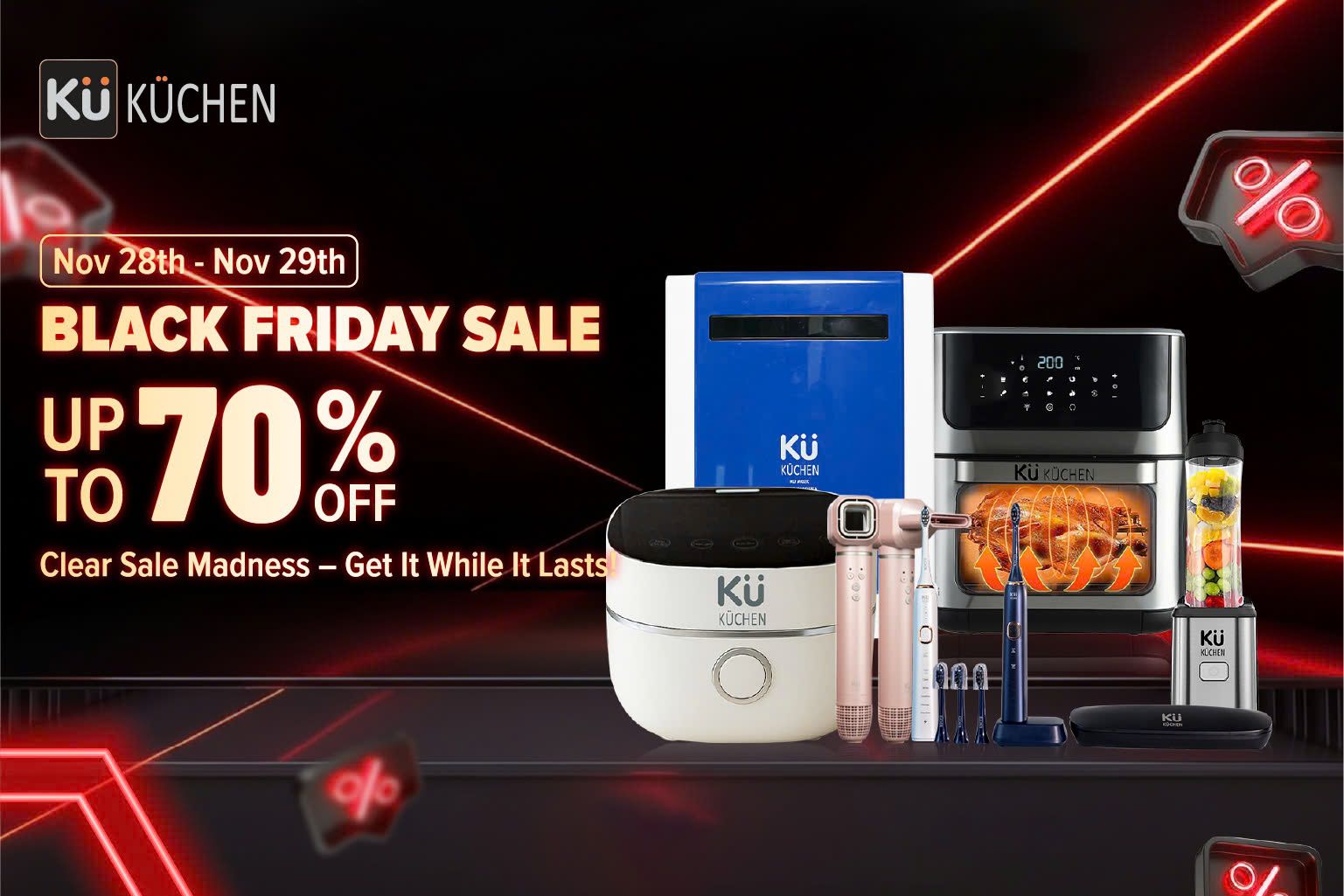
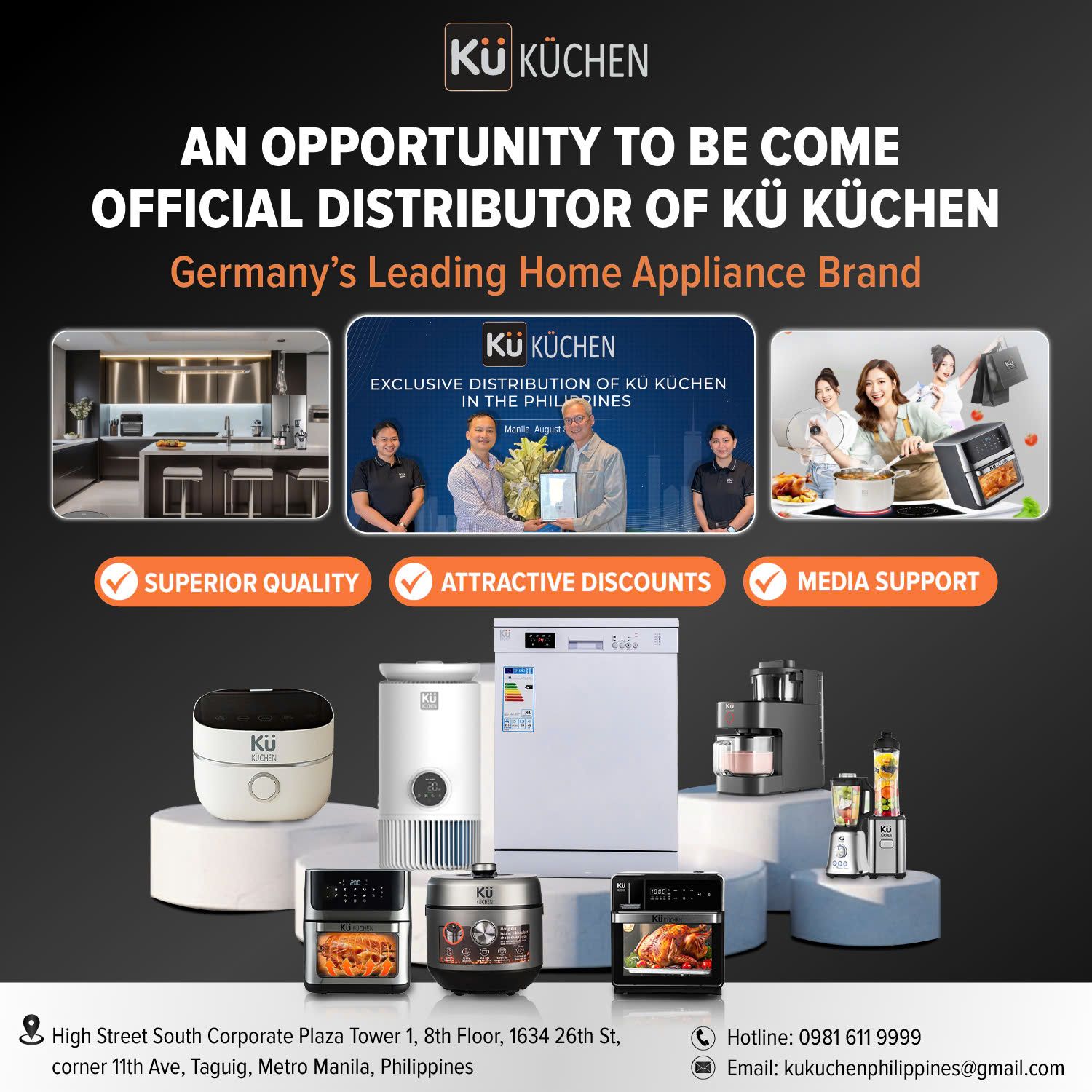




































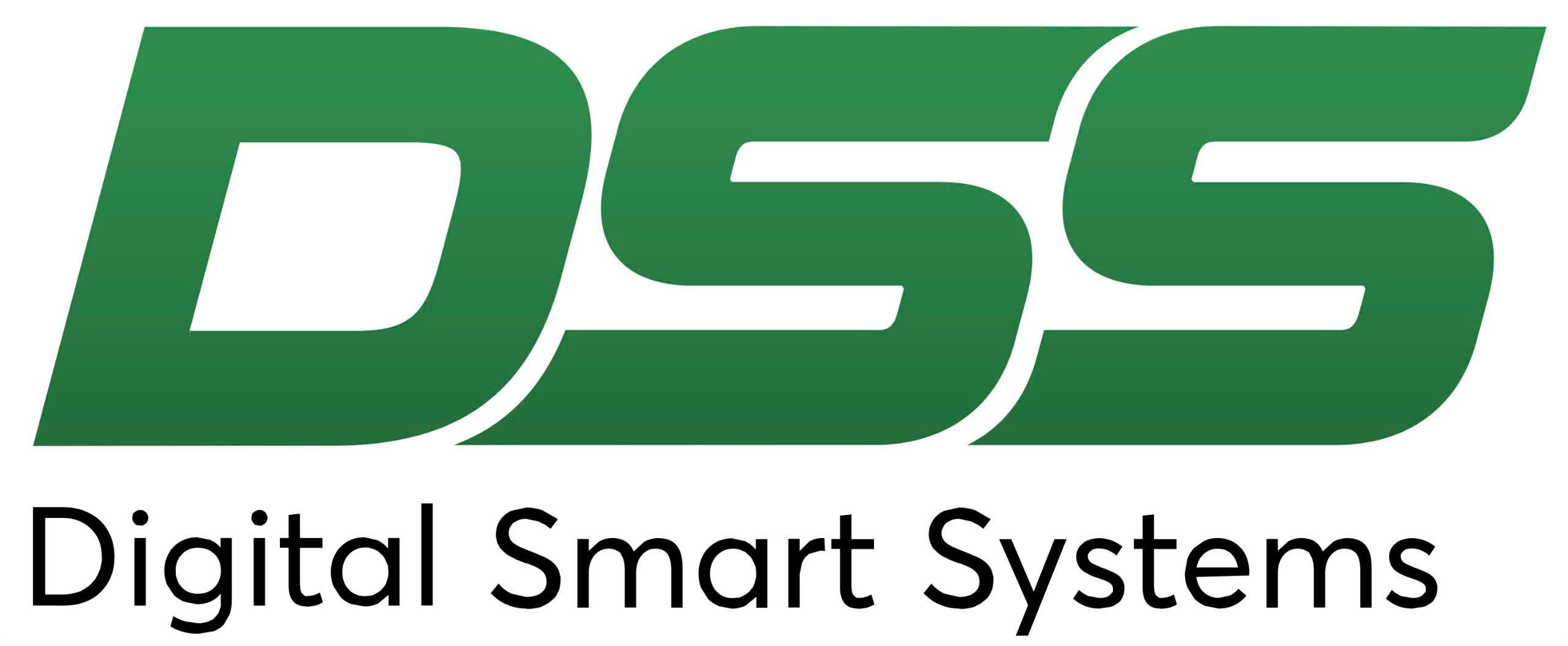
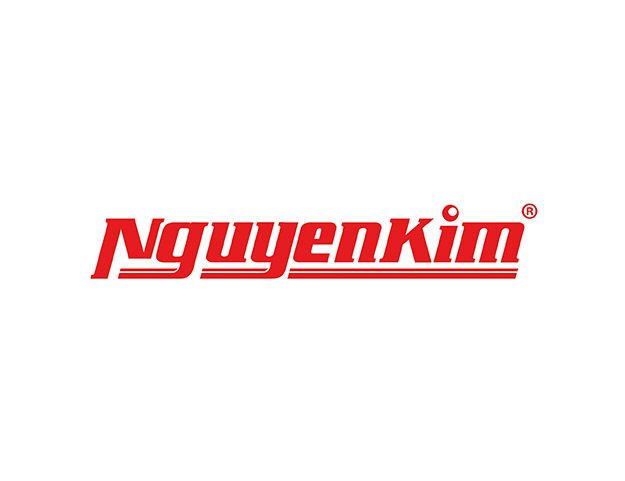

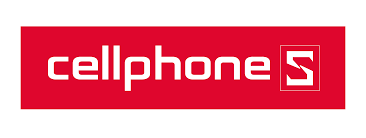











Reviews
There are no reviews yet.